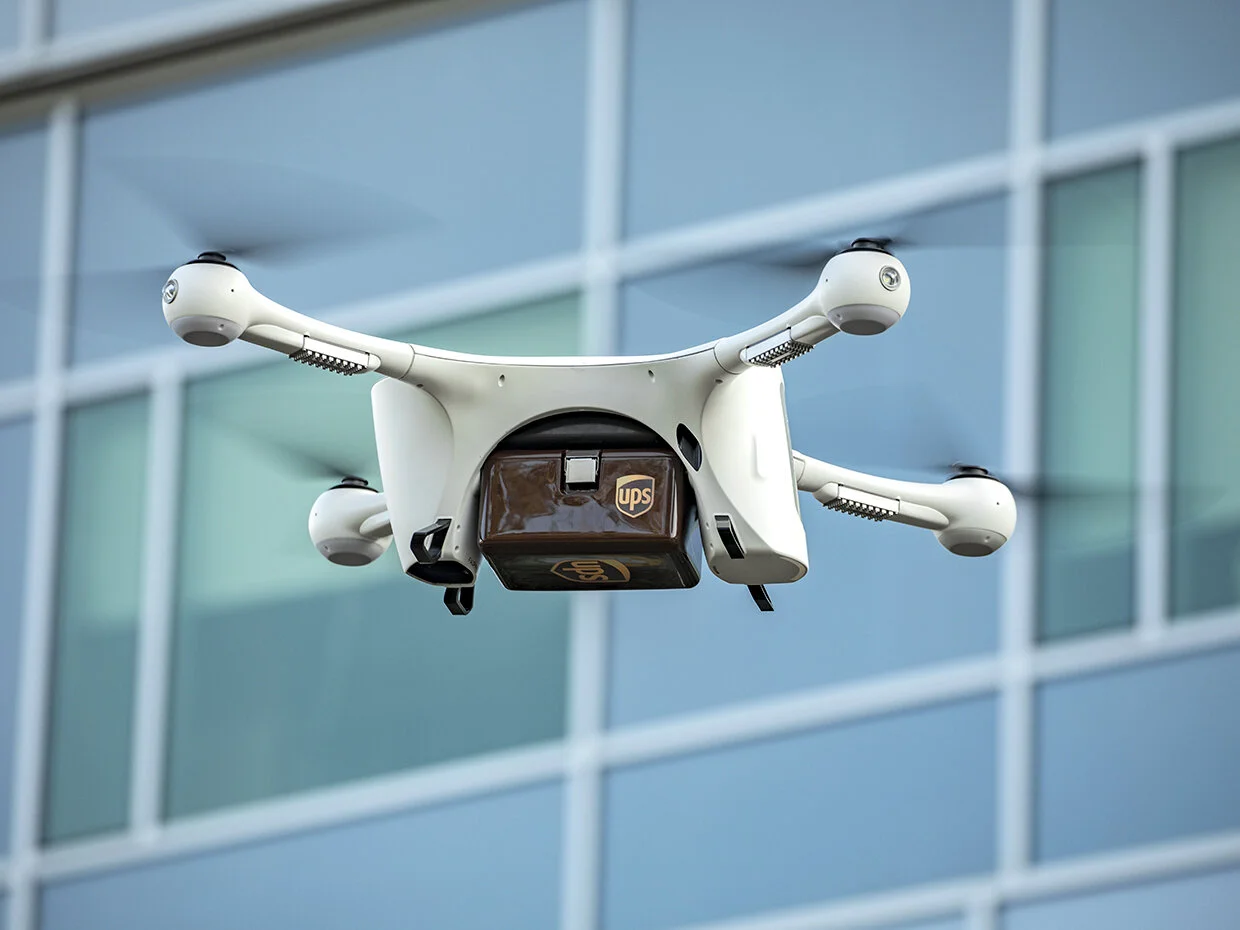Exyn Technologies has announced that Velodyne LiDAR’s VLP-16 Puck LITE LiDAR sensors are now integrated into Exyn Technologies’ Advanced Autonomous Aerial Robots (A3R).
The primary sensor for simultaneous localization and mapping, the Velodyne VLP-16 is also part of the sense-and-avoid capabilities and state estimation.
“Using Velodyne’s VLP-16, Exyn’s A3Rs do not need GPS, beacons or markers,” explains Nader Elm, chief executive officer of Exyn Technologies.
“This technology is being developed to ease logistical bottlenecks in warehouses, as well as to go into other indoor and GPS-limited environments such as commercial construction sites and first-responder situations. We operate in a full 3D volumetric space and can dynamically plan flight paths in complex, dynamic and cluttered environments.”
A combination of leading AI software and A3R hardware developed by Exyn, the A3Rs will be used to autonomously scan and map inventory while flying in large warehouses and distribution centers, which will help increase frequency and accuracy of cycle counts, reduce time taken, and decrease risk for workers.
Exyn Technologies’ UAS have a number of capabilities. They can scan in all fields of view, read barcodes and RFID beacons, and judge location and numbers of stock. The UAS can also note worker positions and react accordingly in real-time.
“We are very excited to partner with Exyn Technologies,” says Frank Bertini, UAV and Robotics business manager at Velodyne LiDAR.
“It proves the business case for 3D LiDAR beyond just autonomous cars. The demand for real-time inventory management within warehouses and fulfilment centers has created a need for autonomous platforms which are both efficient and safe.”
Powered by the exynAI autonomy core, the A3R “intelligently fuses” multiple sensing modalities including LiDAR, IMU, and cameras to enable “robust perception and navigation in real-world conditions.”
Recently, Exyn Technologies was invited to fly its A3R robots in the Milestones of Flight Hall during the Smithsonian Ingenuity Festival. This was reportedly the first time that anything had actually flown inside the institution that celebrates flight.
- reference: AUVSI News article
Read More





















